55 years later, India returns favour to US, emerges as humanitarian force
It wasn't only a favour to the US, Brazil or Israel. India also decided to send HCQ “to all our neighbouring countries who are dependent on our capabilities” and “some nations who have been particularly badly affected" by the pandemic, writes Arul Louis for South Asia Monitor
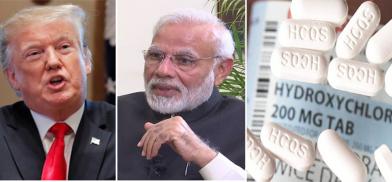
A childhood memory that revived this week was the family skipping dinner once a week in 1965, answering the call of then Indian Prime Minister Lal Bahadur Shastri to conserve foodgrains when the nation was facing a famine. The United States shipped foodgrains, through its PL (public law) 480, to prevent the looming famine in India. To describe it, a familiar phrase was given a new twist, “Ship to mouth existence.” And that was the reality till the Green Revolution, again with US assistance, took off.
Why am I remembering this now, 55 years later? This week India had a chance to repay that help by allowing the export of hydroxychloroquine (HCQ) to the US in its time of need. But, more importantly, it sets a seal on India as a source of international humanitarian assistance that can lend a helping hand to a superpower in the throes of health crisis with nearly half-a-million of its people suffering in a pandemic.
That's what happened on April 8 when Trump thanked Prime Minister Narendra Modi before the nation in a televised news briefing with extremely high viewer ratings, ripping the stereotypical image of India that the US media still panders to.
“We will remember it,” Trump said of the gesture.
He had also thanked the Indian people in a tweet for the HCQ. “Extraordinary times require even closer cooperation between friends,” he said.
Others who fulsomely thanked Modi and the Indian people for exporting much-needed HCQ were Brazilian President Jair Bolsanaro and Israeli Prime Minister Benjamin Netanhayu.
And this at a time when China is seen as profiteering from the pandemic it exported.
It's time to recognise that India has left its mendicant past and is a donor nation through its direct and multilateral programmes that give financial, material, educational, technical and health assistance around the world to developing countries, none of them predatory. And this time, helping a highly developed country, although through a paid export.
A day earlier, Trump had during his televised briefing disclosed his request to Modi for HCQ, acknowledging India's capacity as a producer of lifesaving pharmaceuticals.
Despite the tragedy of the coronavirus, it marks India's emergence from a stereotypical aid-seeking nation to a secure, do-gooder nation and a benign, humanitarian force.
It wasn't only a favour to the US, Brazil or Israel. India also decided to send HCQ “to all our neighbouring countries who are dependent on our capabilities” and “some nations who have been particularly badly affected by the pandemic," as India's external affairs ministry spokesperson Anurag Srivastava put it. The other countries to whom India may be exporting the drug are Spain, Italy, France and Germany.
But, not surprisingly, this has rankled some politicians in India who are stuck in their national self-image of poverty and indigence with misguided notions of third-world solidarity and leftism of the past. Conveniently for them, a US reporter lived up to Trump's taunts about “fake news media” by falsely claiming on April 6 that Modi had banned the HCQ exports to the US in retaliation for Trump stopping the export of masks, gowns and gloves.
The HCQ exports were banned on March 25, while Trump stopped the export of personal protection materials on April 3. So there could be no retaliation by Modi. And India is not dependent on the US for those materials so the Trump ban won't affect it anyway.
Moreover, before the “fake news” question was posed, several media had already reported that morning (Washington time) that India had decided to lift the ban.
Here was a perfect confluence of the interests of US media, that is anti-Trump and anti-India in equal measures, and the Indian opposition leaders looking for any chance to attack Modi, while grandstanding on decades-old pseudo-leftist anti-Americanism.
Trump sounded surprised by the question. “I didn't hear that that was his decision,” he said, adding, “He'd have to tell me that.” He added, somewhat unhelpfully, “If he doesn't allow it to come out, that would be okay, but, of course, there may be retaliation.”
The set-up by the reporter came in handy for opposition Congress leader Rahul Gandhi to tweet: "Friendship isn’t about retaliation. India must help all nations in their hour of need but lifesaving medicines should be made available to Indians in ample quantities first."
His colleague Kapil Sibal joined the fray, "Modiji, UPA (United Progressive Alliance) remembers your advice on Chinese intrusions. You said Look them in the eye. But this was time to look Trump in the eye. But he threatened, you gave in. Where is the 56-inch chest ?"
Another Congress stalwart, Shashi Tharoor, who has worked at the United Nations, remarked: "Never in my decades of experience in world affairs have I heard of a Head of State or government openly threatening another like this," he said. He also tweeted to Trump, “Will you grant India first priority in sharing with us any #COVID19 vaccine that might be developed in US labs?”
Instead of having his hand out in the tradition of a bygone era, he should be demanding that India, acknowledged worldwide for its pharmaceutical innovation, develop a COVID-19 vaccine in this hour global need. He should be asking Modi to bring the full force of the government scientific establishment to this task and challenge the Indian private sector to produce it.
And India should be ramping up its output HCQ and other medications needed by the world to face the pandemic. Those indeed should be India's tasks as an international pharmaceutical powerhouse and a humanitarian leader.
No doubt some would be questioning the premise of the food aid given to India from the US surpluses and because of the Rome Treaty signed in November 1965 by India's then Agriculture Minister Chidambaram Subramaniam and US Agriculture Secretary Orville Freeman.
That agreement stipulated agricultural reforms, modernising agriculture, a greater role for the private sector and a staggered weaning away from US food aid by increasing production. That planted the seeds of India's Green Revolution that has ultimately made India a foodgrain exporter and donor.
To give credit where due, what started under PM Shastri with US assistance flourished under Indira Gandhi as two successive agriculture ministers – Subramaniam and Jagjivan Ram – and the great Indian agricultural scientist M S Swaminathan made the breakthrough that made India self-sufficient in food.
(The writer is a New York-based journalist who is a Non-resident Senior Fellow of the Society for Policy Studies (SPS), New Delhi)




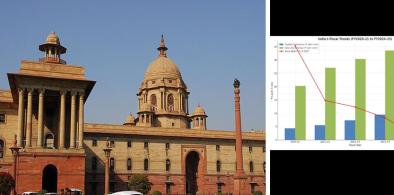

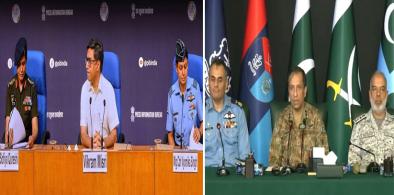
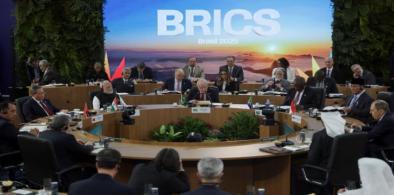
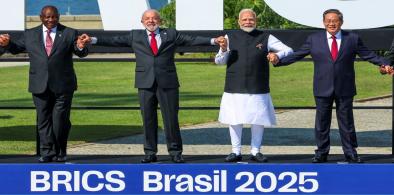
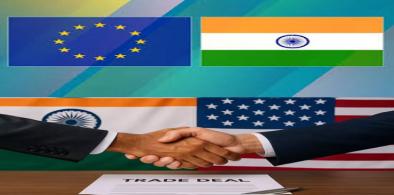
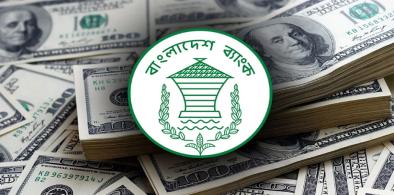
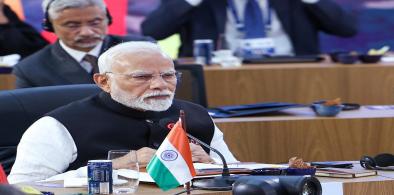
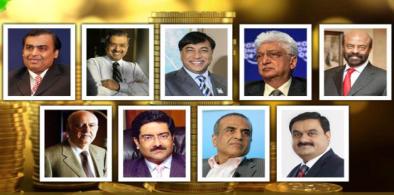
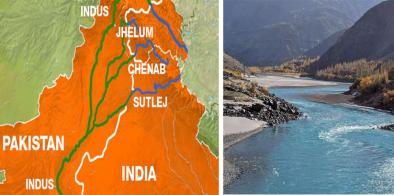






Post a Comment